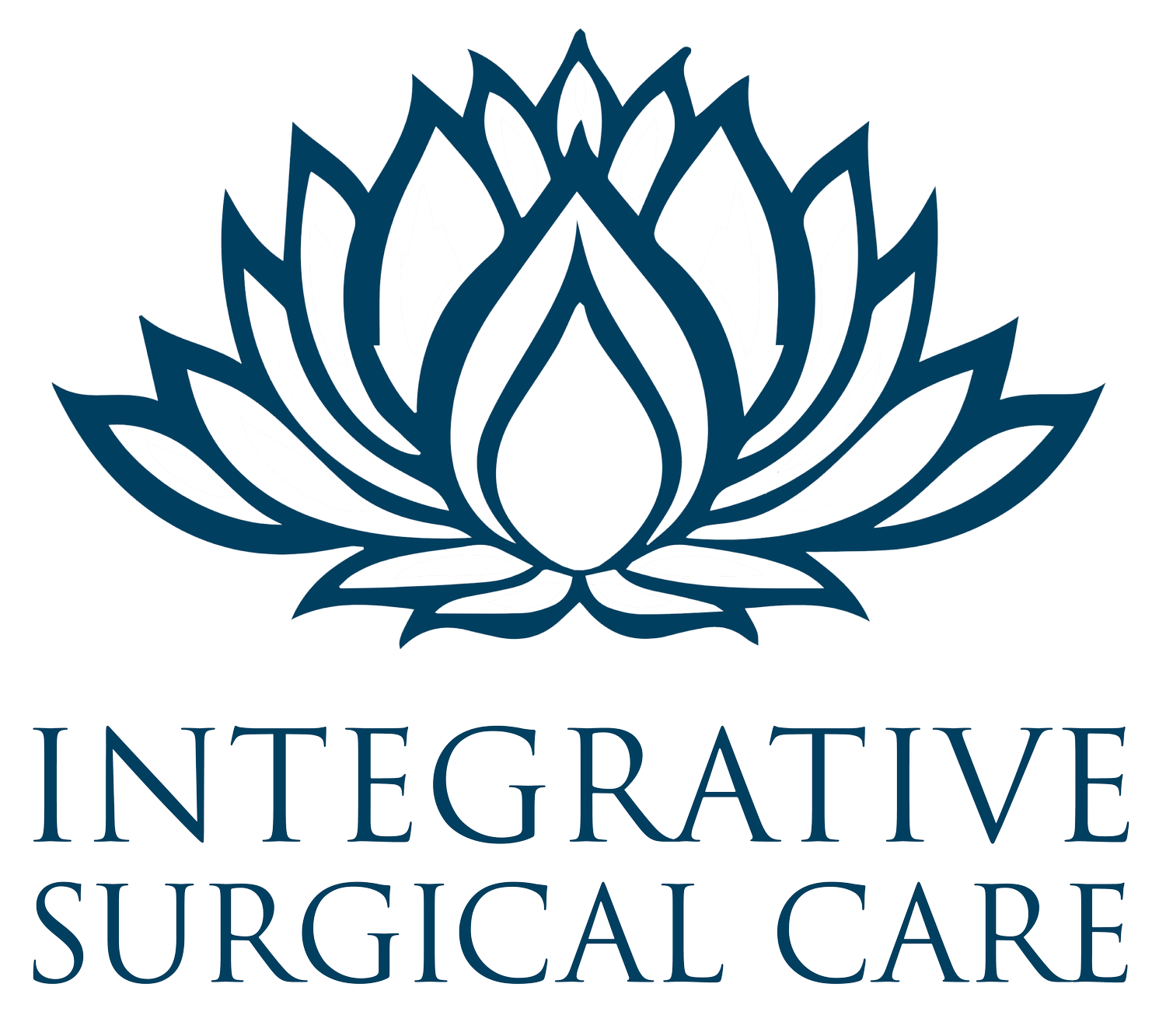What exactly is minimally invasive surgery?
Surgical progress is measured by incision size, time of surgery, and minimizing complications. To that end, patients recover better when the incisions are smaller, they just do. That’s the first role of minimally invasive surgery. But smaller is not always better, and if the incision is too small then we can’t see well enough or have room to do our surgical work. Role number two for minimally invasive surgery is seeing well with a small incision. We try to make the smallest safe incisions when doing “open” surgery, but there are places within the body that are hard to get to with open surgery. Enter role number 3 for minimally invasive surgery- getting to hard to reach parts.
The general concept…
Minimally invasive surgery is using a camera to see into the body cavities or joints. Arthroscopy (seeing into the joint,) thoracoscopy (seeing into the chest cavity,) laparoscopy (seeing into the abdomen,) cystoscopy (seeing into the bladder,) hysteroscopy (seeing into the uterus,) upper endoscopy (seeing into the esophagus, stomach, and duodenum,) and colonoscopy (seeing into the colon) to name the majority. “Scopy” meaning seeing. So we use cameras on the end of flexible or rigid tubes, like a small diameter water hose or a very long (up to about 18 inch) pen, respectively. We have more tools on the end of wires and other 12-18 inch pens that allow us to perform surgery. Sometimes we have to blow air or water into the space we are working in to give us better vision and working space. Imagine trying to work within a rubber balloon. It would be much easier to see around once the balloon is blown up compared to the balloon not being blown up.
If a dime is 18mm, then our incisions for minimally invasive surgery are about half the length of a dime. After we make our way into the body cavity where we are operating, we place a hollow tube about 3 inches long to span the distance from the skin to the body cavity, and our instruments go through that hollow tube. We move the OR table into the best position for surgery, and we go to work!
Some reasons (beyond the incisions) why you’ll be sore from minimally invasive surgery:
How you are positioned on the operating room table during surgery
The tube(s) in the back of your throat to protect your lungs during surgery
Shoulder pain from air in the abdomen irritating your diaphragm. Diaphragm irritation is transmitted to the shoulder/upper back area.
The hollow tubes that traverse the body from the skin to the cavity will make you sore when they go through muscle or we have to push on them a lot to do our work.
While the incisions are rather small and recovery is shorter than a big incision, the amount of operating is STILL THE SAME. It is still a big deal to have whatever operation you are having, and preparing yourself for surgical success with good sleep, nutrition, etc is essential! The surgical patient has better success through the mindful and thoughtful principles of Integrative Surgical Care; a surgeon-run and whole-patient focused wellness company bridging the philosophies of eastern and western medicines. By taking into consideration details of the surgical experience and melding that with the holistic care of the whole patient, every surgical patient can go into surgery prepared, better tolerate the operation, optimize their recovery, and minimize risk. Surgery is stressful on the mind, body, and spirit, and Integrative’s approach and services helps the patient regain control.
Surgery Ready is the only surgeon-manufactured supplement with the vitamins, minerals, and amino acids your body needs to heal and is the easiest and fastest way to start improving your surgical health. It is safe to take before and after surgery. All it takes is 2 tablets and a dollar a day to improve your surgical health.
Surgery Reset is the only surgical wellness coaching service available. It is nurturing and encouraging while you or a loved one goes through one of the toughest times in their life. By evaluating and improving sleep, pain, inflammation/mobility, nutrition, microbiomes, and stress, you can take charge of your surgical health.
Take control of your surgical success today!
